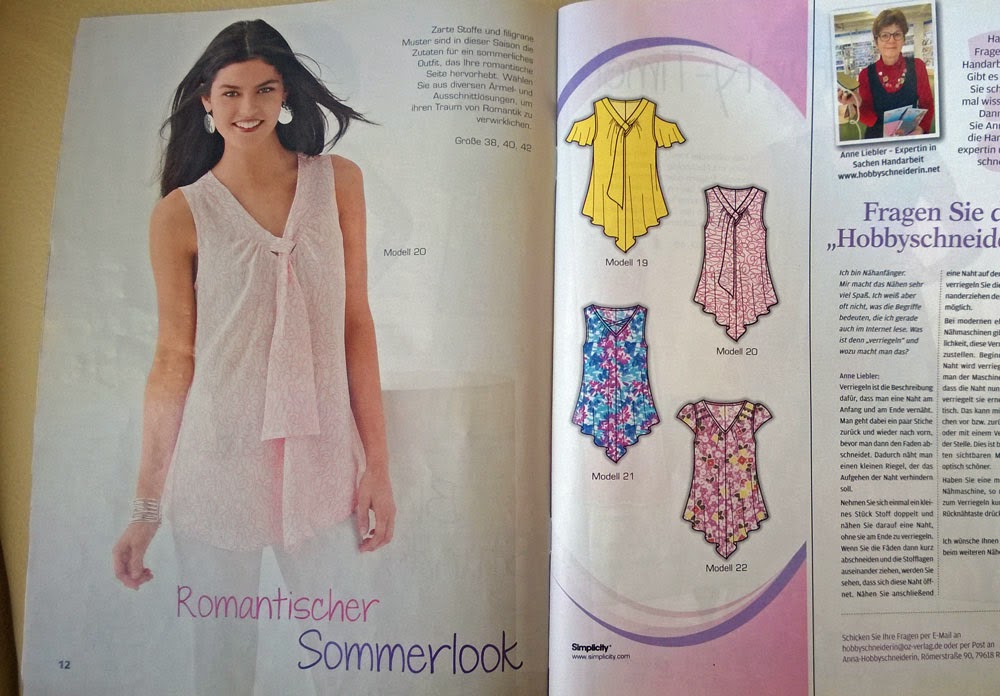I used Kwik Sew 2811 for these pajamas. I can't believe it's been over 11 1/2 years since I first used that pattern to make these upside down print flannel pajamas. I did learn from that silly mistake and now double and triple check when I'm cutting out a print. I still have those pajamas and as you'd expect they are well worn, although I didn't wear them much in the warmer California winters. For this project I also used flannel, but even though it's colder here in Germany, menopause keeps me warm. ;-)Perhaps you notice my meticulous matching across the front of the top (don't look at the shorts). I only did that because it occurred to me that I've never tried to match the print on a button-front blouse before, so this seemed like a good time to practice. First off, depending on the scale of the print and the repeat, you may need extra fabric, which I did not have but I got lucky. You need to cut each front piece separately, but you also have to position the pattern pieces strategically. Figure out where the front pieces will meet, taking into account seam allowances and facings and make marks on your pattern piece so you can line it up correctly for the second side.
I didn't have enough fabric to make the print on the shorts line up with the top or even have good pattern placement. At the time I cut them out I was worried that the shorts would be too short so I added 3 inches to the length. It turned out that was 2 inches too many, so I ultimately trimmed them down to only 1 inch of extra length. Maybe I would have had more wiggle room for pattern placement had I not added so much extra length, but these are just pajamas after all.
Here's my review of the pattern:
Pattern Description: From the pattern envelope: Misses' pajamas. Shirt has front button closure, collar, pocket and pocket band and sleeve cuffs. Pull-on pants and shorts have elastic in casing on back and ties on front. Long or short sleeve options and long or short pant options.
Pattern Sizing: XS-XL. I made a size M in the top and L in the shorts. My measurements put me between M-L on top and L-XL on bottom but this pattern has quite a bit of ease. These pajamas fit me very comfortably with quite adequate ease for sleeping.
Did it look like the photo/drawing on the pattern envelope once you were done sewing with it? Yes!
Were the instructions easy to follow? Yes, they were easy and I did follow them. The only area that was tricky was sewing on the collar. The instructions want you to sew the facing part of the collar along with one side of the separate collar piece in one pass, being careful not to catch the other side of the separate collar piece, which is to be used to cover up the collar seam allowance raw edges. I thought sewing all this in one pass was awkward, so I first sewed the separate collar piece and then went back and sewed each facing side. Much easier.
What did you particularly like or dislike about the pattern? I like the style and the comfort of these pajamas. Kwik Sew has a newer version: 3553. Besides the lack of contrasting sleeve bands and no shorts option, I don't know how it differs.
Fabric Used: Flannel
Pattern alterations or any design changes you made: I didn't make any changes except to cut out the drawstring from the contrasting fabric to make it more fun.
Would you sew it again? Would you recommend it to others? I already plan to adapt the shirt into a longer sleep shirt with no pants.
Conclusion: A good, timeless pattern.








